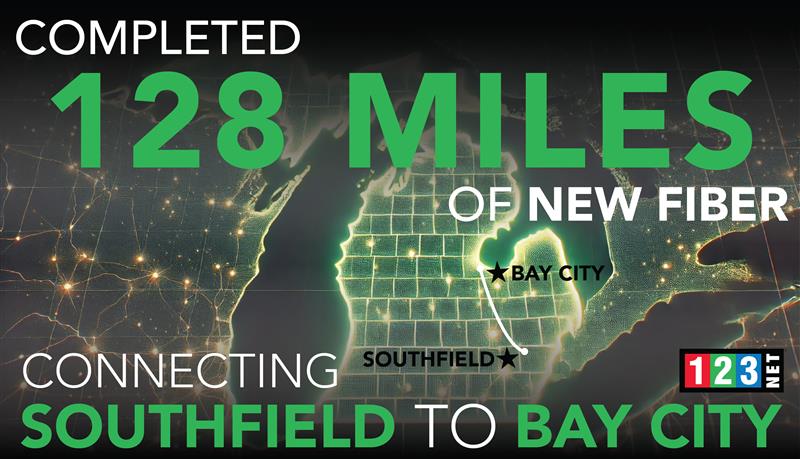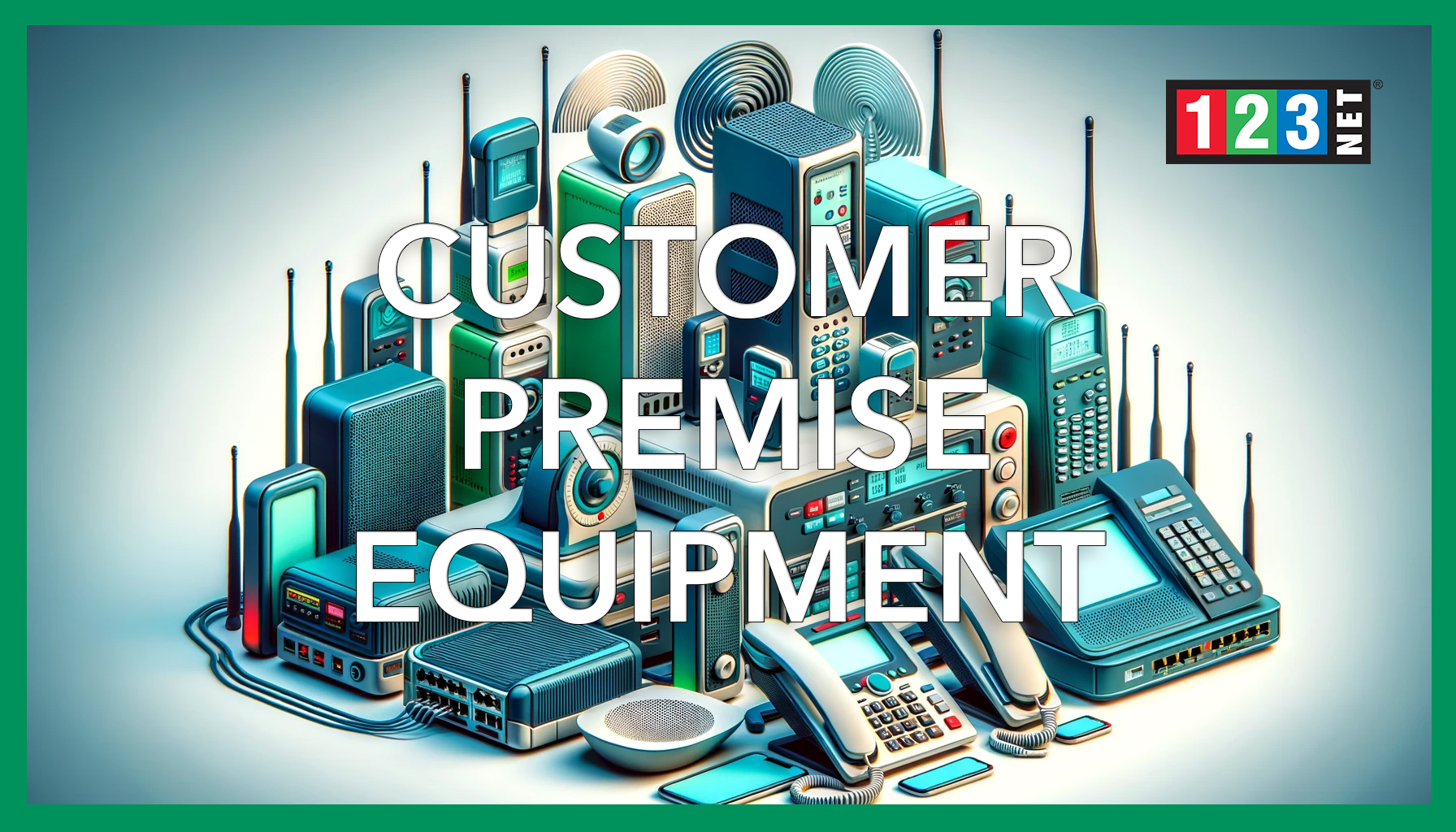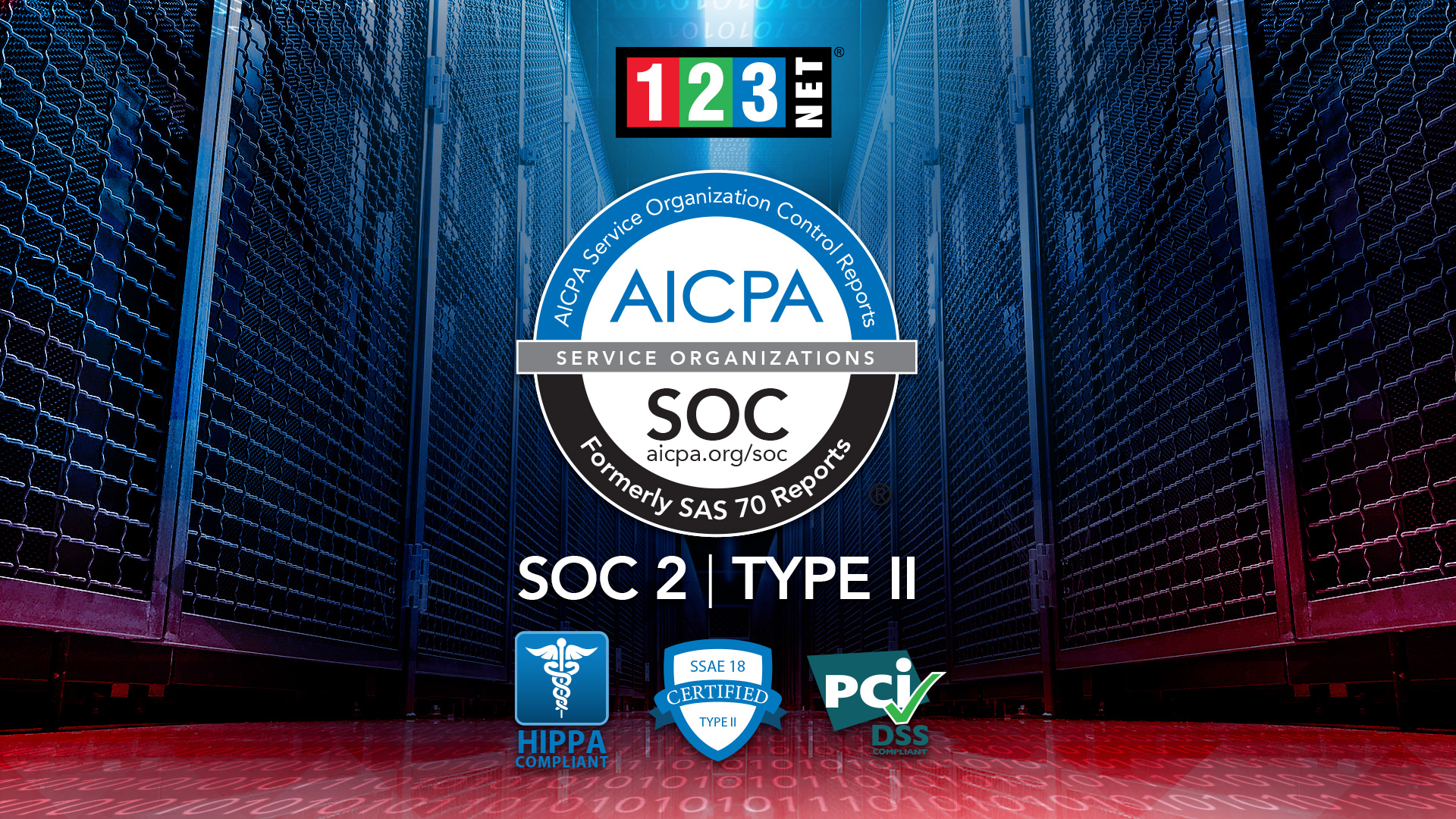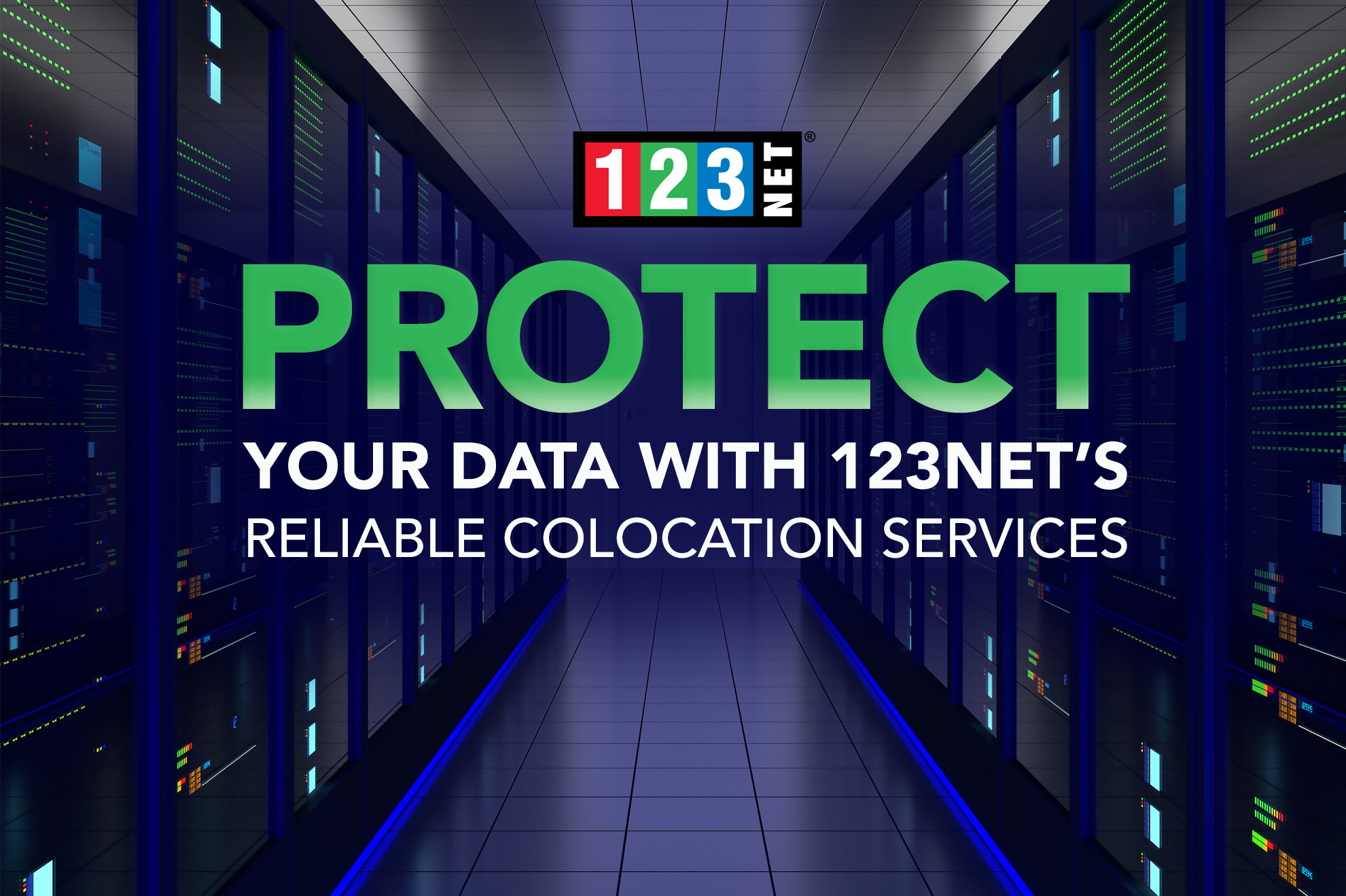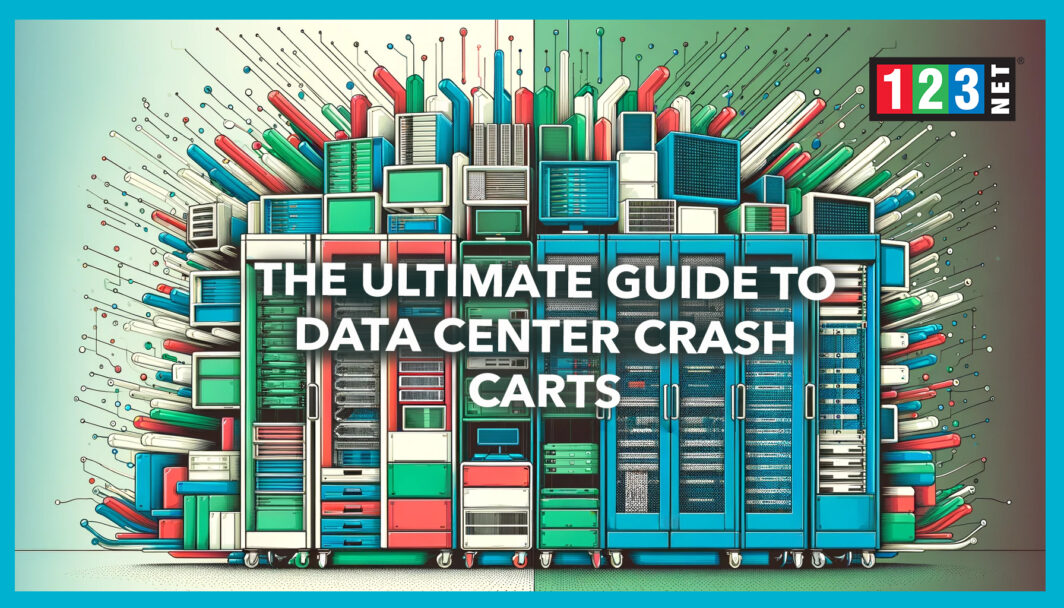
Data centers are the backbone of the digital world, housing the critical infrastructure that keeps businesses and services running smoothly. Within these technological fortresses, the crash cart plays a pivotal role in maintenance and troubleshooting. This comprehensive guide delves into the essentials of data center crash carts, exploring everything from mobile workstations to setup best practices, ensuring your data center operates with unmatched efficiency and reliability.
Introduction
Within the complex maze of servers and network devices comprising a data center, the crash cart emerges as a critical tool for IT experts. It functions as a movable workstation, enabling direct, manual access to servers. This mobile platform is essential for monitoring, upkeep, and diagnosing issues. Our guide delves into the intricacies of crash carts, covering their diverse types and key features. We also provide insights on choosing the appropriate crash cart tailored to the specific requirements. Each aspect, from utility to functionality, is examined to ensure IT professionals can make informed decisions. This comprehensive overview aims to equip you with the knowledge needed to navigate the selection process effectively. By understanding the various options and their applications, you can enhance the operational efficiency of your data center.
Understanding Crash Carts
Understanding Crash Carts involves appreciating their role as mobile workstations in the data center realm. These units are engineered for adaptability and mobility, essential traits for navigating the complex landscape of data centers. A typical crash cart comes equipped with a monitor mount, a keyboard tray, and ample storage for vital tools and cables. This mobility is crucial, allowing technicians to quickly transition between servers, which in turn, makes crash carts indispensable for data center upkeep.
Mobile Workstation Essentials
When exploring crash carts, one will find a spectrum ranging from compact to full-sized models. Compact crash carts are tailored for a constrained by space, offering essential features within a reduced footprint. Despite their size, they efficiently meet the basic needs of maintenance tasks. On the other end, full-sized crash carts are designed for more extensive maintenance activities. They boast multiple monitor mounts and enhanced storage capabilities, accommodating a broader range of tools and equipment.
Types of Crash Carts
The choice between compact and full-sized crash carts hinges on the specific demands and spatial constraints of the data center. Compact carts are advantageous for tight spaces or for data centers where simplicity and speed are prioritized. Conversely, full-sized carts are better suited for environments where comprehensive maintenance tasks are routine, requiring a variety of tools and the simultaneous use of multiple monitors.
Selecting the right crash cart involves assessing the operational needs, space availability, and the types of maintenance tasks commonly performed. It’s a balance of functionality, space efficiency, and the technician’s mobility needs. By carefully considering these factors, IT professionals can ensure that they choose a crash cart that not only enhances their workflow but also optimizes maintenance efficiency within the data center. Understanding these nuances is key to leveraging crash carts effectively, thereby supporting the overall health and performance of data center operations.
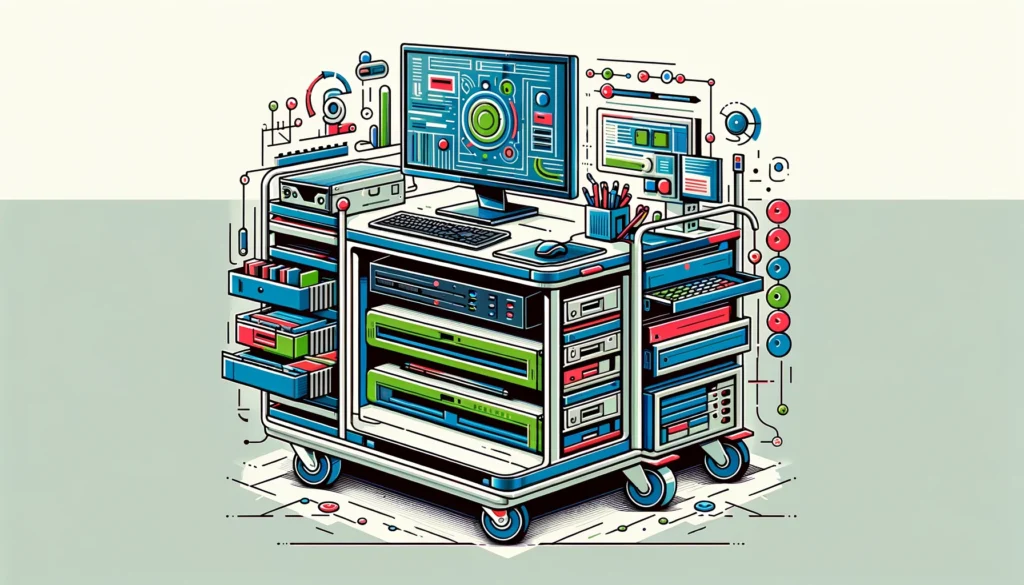
Features to Consider
The monitor mount’s versatility on a crash cart is indispensable for handling various monitor sizes and types. Adjustable mounts are key, providing the flexibility to achieve optimal viewing angles. This adjustability enhances efficiency for maintenance tasks, making it easier for technicians to work. Similarly, ample storage options are crucial. They organize tools, cables, and other essentials, ensuring quick access during critical moments.
Mobility, Stability, and Adaptability
Mobility, stability, and adaptability are foundational for an effective crash cart. It must glide smoothly through the narrow aisles of a data center while securely supporting valuable equipment. Features like lockable wheels and a robust frame enhance both stability and mobility. Moreover, the ability to adjust the cart’s height and integrate modular storage solutions speaks to its adaptability, addressing the dynamic needs of a data center environment.
Scalability and Customization
Scalability and customization are vital as data centers evolve. Crash carts designed with modular components allow for the addition of storage or alterations in configuration to meet changing requirements. Customization options empower data centers to refine crash carts for their specific operational needs, thereby boosting efficiency. This flexibility ensures that as data centers expand or shift focus, their crash carts can adapt, maintaining alignment with the facility’s objectives and workflows.
Understanding these aspects—monitor mount flexibility, storage organization, mobility, stability, adaptability, scalability, and customization—is essential. They collectively define the utility and effectiveness of crash carts. By prioritizing these features, IT professionals can select a crash cart that not only meets their current needs but also adapts to future challenges, ensuring the data center remains efficient and responsive to maintenance demands.
Selecting the Right Crash Cart
Selecting the ideal crash cart for your data center begins with a thorough assessment of its specific requirements. It’s important to consider the overall size of the data center, the nature of typical maintenance tasks, and the available space for navigating a crash cart. This initial step is crucial in identifying the type of crash cart that will best serve your needs, optimizing efficiency and effectiveness in maintenance operations.
When comparing compact versus full-sized crash carts, the decision largely hinges on the physical constraints and operational demands of your data center. Compact crash carts are well-suited for smaller data centers or those with tight spaces between racks, offering essential functionality for quick troubleshooting and repairs. In contrast, larger data centers, characterized by more complex maintenance routines, might find full-sized crash carts more appropriate. These larger carts provide increased storage capacity and the flexibility to accommodate multiple monitors, catering to more extensive maintenance activities.
Customization and scalability are key considerations in the selection process. Opting for a crash cart that allows for customization ensures that it can be tailored to meet the precise needs of your data center. Additionally, scalability is vital for ensuring the longevity of your investment. A scalable crash cart can adapt to the evolving requirements of your data center, supporting expansions or changes in technology. This can be done without necessitating a complete replacement. By focusing on these aspects—assessing data center needs, choosing between compact and full-sized options, and prioritizing customization and scalability—you can make a well-informed decision that aligns with both current and future maintenance challenges.
Setup Best Practices
Optimizing your crash cart setup is crucial for enhancing data center efficiency. To achieve this, organize tools and cables for easy access. Labeling drawers and compartments is a smart strategy, as it can significantly reduce the time spent on critical maintenance tasks. This organization ensures that every necessary item is quickly within reach, streamlining the process of troubleshooting and repairs.
Training and accessibility are paramount for effective crash cart utilization. It’s essential that all data center staff are proficient in using the crash cart. This helps with understanding its organization and the location of tools and equipment. Additionally, they should be strategically located throughout the data center. This ensures they are always accessible, minimizing downtime when urgent maintenance is required. Effective placement and informed staff can dramatically improve response times during critical moments.
Regular maintenance and upkeep of the crash cart are necessary to keep it in prime condition. This involves routine inspections to verify the stability of the monitor mount, the smooth operation of the wheels, and the orderly arrangement of tools and cables. Ensuring these elements are in good working order not only prolongs the life of the crash cart but also guarantees it is ready and fully functional when needed. This preventative approach to maintenance helps avoid delays and inefficiencies. As well as contributing to a smoother, more reliable operation within the data center. By addressing these key areas—optimization of setup, training and accessibility, and regular upkeep—data centers can maximize the utility and efficiency of their crash carts.
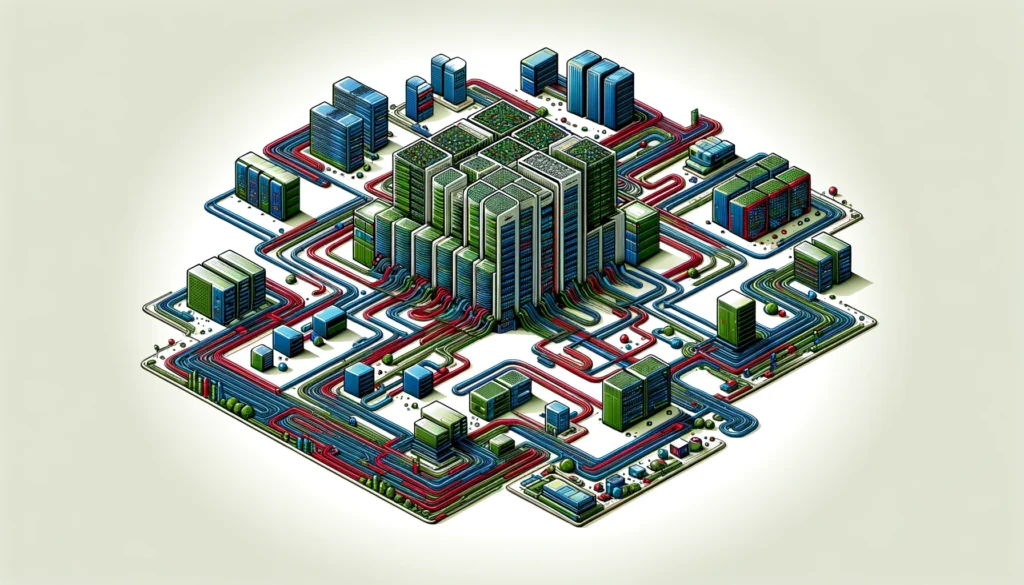
Conclusion
Data center crash carts are more than just mobile workstations; they are a critical component of efficient data center operations. By understanding the different types of crash carts, the features to consider, and how to select the right one, they can significantly improve their maintenance and troubleshooting capabilities. Implementing setup best practices further enhances the functionality and efficiency of crash carts. This is ensuring that it can respond swiftly and effectively to any issue. With the right crash cart, data centers can achieve a new level of operational excellence, ensuring the reliability and performance of the critical infrastructure they house.

